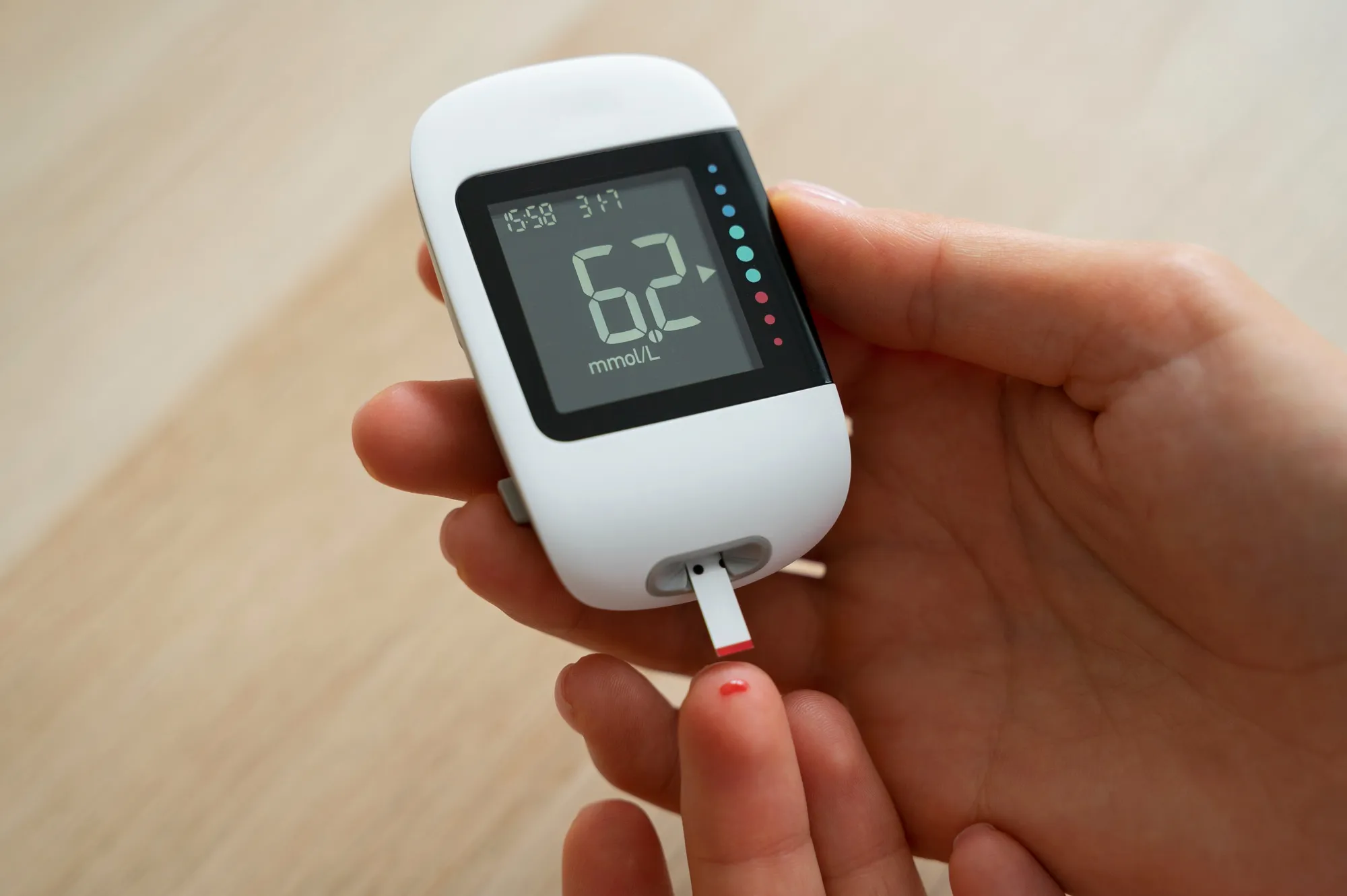In a groundbreaking study published in Primary Care Diabetes, researchers have presented the reliability and validity of the Turkish version of the Problem Areas in Diabetes (PAID) survey, including its sub-forms PAID-5 and PAID-1. The translated diagnostic tools are now set to provide a clearer understanding of diabetes-specific distress (DD) among Turkish patients with diabetes, offering invaluable insights for clinical practices and patient care strategies.
Introduction
Diabetes is a chronic condition that not only demands rigorous medical management but also poses substantial psychological challenges to those affected. Diabetes-specific distress (DD) refers to the emotional burdens and concerns specifically associated with managing the chronic condition. Internationally, the PAID survey has been widely utilized to gauge this aspect, but its utility within the Turkish speaking population has been unconfirmed until now.
Study Overview
This comprehensive investigation took place from 2017 to 2019, involving 252 adults with either type 1 diabetes (T1DM) or type 2 diabetes (T2DM). The main objectives were to assess the psychometric properties of the Turkish version of the PAID survey and its short forms, determine the prevalence of DD, and understand the demographic and clinical factors associated with DD’s symptom severity.
Methodology
Participants self-reported demographic factors and completed the PAID survey along with related psychological and clinical questionnaires, including the Brief Illness Perception Questionnaire (BIPQ) and Hypoglycemia Fear Survey (HFS). The internal consistency, structural, and convergent validity of the PAID survey were evaluated. Additionally, hierarchical linear regression analysis was employed to explore associations of measures with DD.
Key Findings
The principal component analysis yielded a 3-factor solution for PAID-20 and a 2-factor solution for PAID-5. A notable finding was the high Cronbach’s alpha scores, which ranged from 0.63 to 0.90 for PAID subscales, indicating good reliability. Significant correlations were found between all PAID versions and both BIPQ and HFS scores.
One of the study’s most striking revelations concerns the prevalence of elevated distress scores, where 40% of patients with T1DM and 15% with T2DM had PAID-20 scores equal to or above 33—a common threshold for elevated DD. Furthermore, DD severity was significantly and positively associated with more negative diabetes perceptions and living with type 1 diabetes.
Implications and Applications
With these results, the Turkish adaptation of the PAID survey and its abbreviated versions have demonstrated satisfactory psychometric properties, equivalently robust to its original English version. This signifies a leap forward for clinicians and psychologists in Turkey who can now more effectively identify and address DD in their patients.
Research Team
The study was conducted by a multidisciplinary team, led by Dilara Karşıdağ Altıkardeş from the Department of Medical and Clinical Psychology at Tilburg University, and supported by experts including Giesje Nefs and Tom Smeets from the same institution, Hülya Hacışahinoğulları from Istanbul University, and Frans Pouwer from the University of Southern Denmark.
Conclusion and Future Directions
This endeavor provides a solid foundation for the targeted management of diabetes in Turkey, empowering healthcare providers with a reliable tool to detect and address DD. Looking ahead, the application of the PAID survey may help to tailor psychological interventions and support the growing body of research on diabetes management worldwide.
References
1. Altıkardeş, D.K., Nefs, G., Hacışahinoğulları, H., Smeets, T., & Pouwer, F. (2024). Reliability and validity of the Turkish version of the problem areas in diabetes (PAID) survey: Results from diabetes MILES – Turkey. Primary Care Diabetes. https://doi.org/10.1016/j.pcd.2024.01.001
2. Polonsky, W. H., Fisher, L., Earles, J., et al. (2005). Assessing psychosocial distress in diabetes: Development of the diabetes distress scale. Diabetes Care, 28(3), 626-631.
3. Snoek, F. J., Kersch, N. Y. A., Eldrup, E., et al. (2011). Monitoring of individual needs in diabetes (MIND): Baseline data from the cross-national diabetes MILES study. Diabetes Research and Clinical Practice, 94(3), 347-355.
4. Broadbent, E., Petrie, K. J., Main, J., & Weinman, J. (2006). The Brief Illness Perception Questionnaire. Journal of Psychosomatic Research, 60(6), 631–637.
5. Gonder-Frederick, L. A., Fisher, C. D., Ritterband, L. M., et al. (2011). Predictors of fear of hypoglycemia in adolescents with type 1 diabetes and their parents. Pediatric Diabetes, 12(4 Pt 1), 295–302.
Keywords
1. Diabetes-specific distress Turkey
2. PAID survey validity
3. Type 1 diabetes distress prevalence
4. Diabetes psychological assessment
5. Turkish diabetes distress management
DOI: 10.1016/j.pcd.2024.01.001
